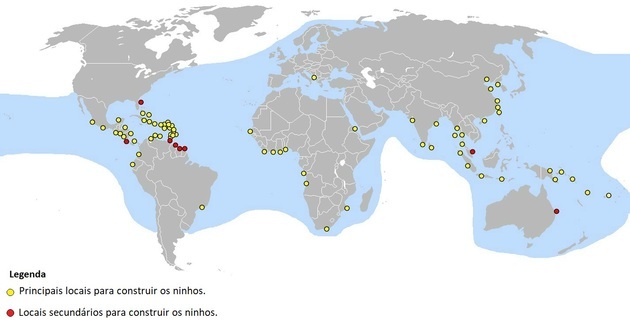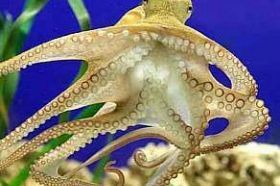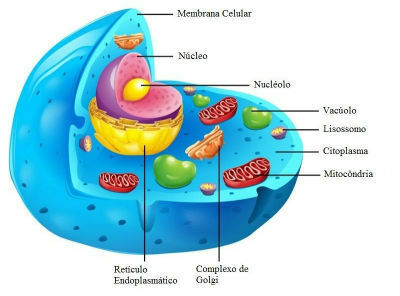The leatherback (Dermochelys leathery) is the largest species of sea turtle, so it is also known as the giant tortoise.
Its carapace, also known as the shell, is black or gray in color with small white spots. The texture and appearance resembles leather, hence the species name.
General characteristics of the leatherback turtle

The leatherback is part of the group of reptiles. It has about 1.78 meters of carapace length, in addition to the front fins that help in swimming and can reach more than 2 meters.
Their average weight is 400 kg, but records show that some can reach 700 kg.
Its carapace is formed by a set of small bone plates that resemble leather, hence its name. In addition, it has a thin, resistant skin layer next to the carapace.
The head is considered small compared to the rest of your body. Its jaws are shaped like a W, having sharp blades for catching jellyfish.
THE food of the leatherback is basically composed of zooplankton, coelenterate and salpa. They consume the equivalent of their own weight daily.
The predators of the leatherback are the whales and sharks.
Also read about:
- animal Kingdom
- The 10 biggest predators in the animal kingdom
Geographical distribution of the leatherback turtle

The leatherback turtle is a widely distributed species, it inhabits tropical and temperate oceans around the world.
It lives most of the time in the oceanic zone, where it can be found up to 1000 m deep. The leatherback turtle only comes to the coast at the time of reproduction.
Leatherback turtle reproduction

The reproduction of leatherback turtles occurs periodically for two or three years. In each reproductive cycle, they can spawn up to seven times, and each spawn can produce up to 100 eggs.
When laying eggs in the sand, the female makes a nest about 1 m deep and 20 cm in diameter. However, eggs can be preyed upon by crabs and lizards. It is also common for humans to collect eggs for sale.
The temperature of the sand determines the sex of the turtles. Higher temperatures favor the emergence of females.
In Brazil, records show approximately 120 nests per spawning season. It has a regular spawning area on the coast of the state of Espírito Santo.
Risk of extinction of the leatherback turtle
The leatherback turtle is considered a species vulnerable to extinction. In some places, such as Brazil, it is already considered critically endangered.
Among the reasons that led the leatherback turtle to the risk of extinction are: the intense collection of its eggs and accidental capture in fishing.
Another reason related to the death of leatherback turtles is the presence of garbage in the oceans, as these animals end up ingesting plastic or other solid waste by confusing them with food. For not being able to carry out the digestion, they end up dying.
There are two other sea turtles also at risk of extinction, the hawksbill turtle (Eretmochelys imbricata) and the green turtle (Chelonia mydas).
Also read about:
- Endangered species
- Endangered animals in Brazil
- Water pollution
Curiosities about the leatherback turtle
- The leatherback turtle can live up to 300 years.
- The largest individual leatherback turtle ever found weighed over 900 kg.
- On the high seas, leatherback turtles can reach up to 35 km/h.



